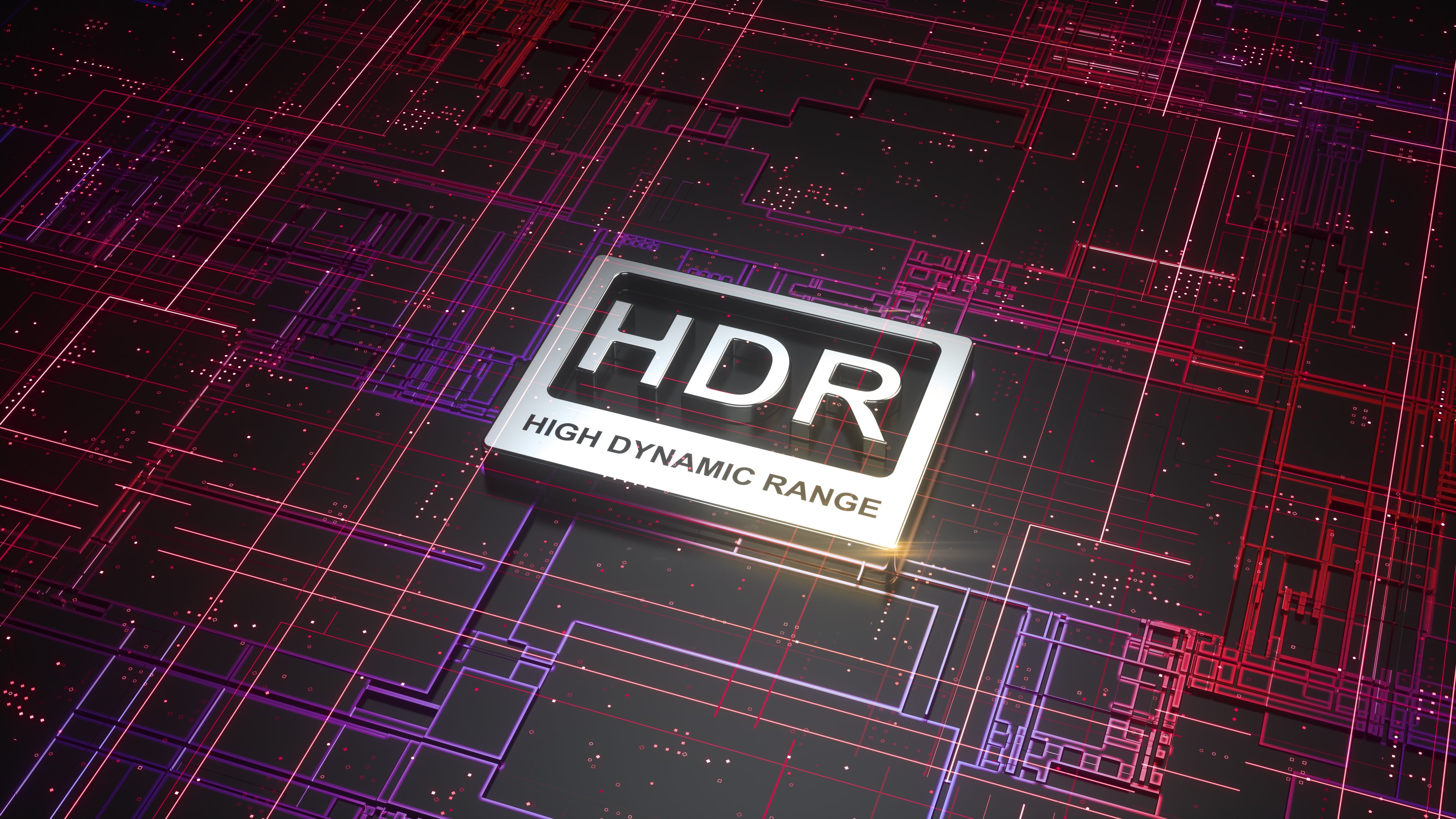
Dynamic range
Unlike the human eye, a camera sensor can only adapt to different ambient brightnesses to a limited extent. Fast changes from a bright to a dark place are particularly difficult. The reason for this is the limited dynamic range of the technology.
The dynamic range is the range between the brightest and darkest areas of a subject. This extends over a maximum of 23 f-stops from the darkness at nighttime to the blazing midday sun. The human eye can detect about 20 of these f-stops. In terms of photography, high-quality modern cameras have a dynamic range of 9 to 12 f-stops. Whereas older models only have 8 f-stops.
The dynamic range of a photograph is higher when there is a higher level of brightness on the motif. When there is more dynamic range more details in the image will become visible. Whereas less dynamic range means that there will be less details in the image. The subject becomes blurred with the background of the picture.
If the possible dynamic range of a camera is exceeded, then the image information beyond this range is lost. This often happens when taking pictures in nature with people in the foreground, either a "burnt-out" sky or "burnt-out" faces are the result due to a small dynamic range. The term "burn-out" refers to overexposure.
Another good example is photographing a bride and groom. In this case you will need to decide which person you want to expose more. Since the dynamic range of the technique is not sufficient in this situation, the result is either a white wedding dress or a black suit. The other item of clothing will turn greyish.
A low dynamic range of photos can be increased in various ways. High-quality cameras can compensate for incorrect exposure ratios due to a high dynamic range. If you would like to achieve optimal photos despite not having an expensive camera, you should pay extra attention to the brightness whilst taking photos. A histogram and overexposure perception will come in handy here.
Furthermore, photographs should be taken in RAW format instead of JPG format. In contrast to JPG, RAW format photographs can be corrected to a certain extent with the RAW converter or Photoshop. However, you should not overdo the subsequent use of the dynamic sliders. If you brighten dark areas too much you will have a so-called "noise", which will appear in places outside of the dynamic range. Anything on the bright side that exceeds a certain brightness value is rendered as pure white.
Another possibility for optimally exposed images is HDR (High Dynamic Range) or the dynamic range enhancement method DRI (Dynamic Range Increasement). These work with exposure as several shots are taken at different exposures, which are then merged manually or automatically.
In summary, the dynamic range is directly related to the contrast range of a photo and the range of the subject brightness.
For the best result, try different shooting modes, light incidence positions and aperture settings.
